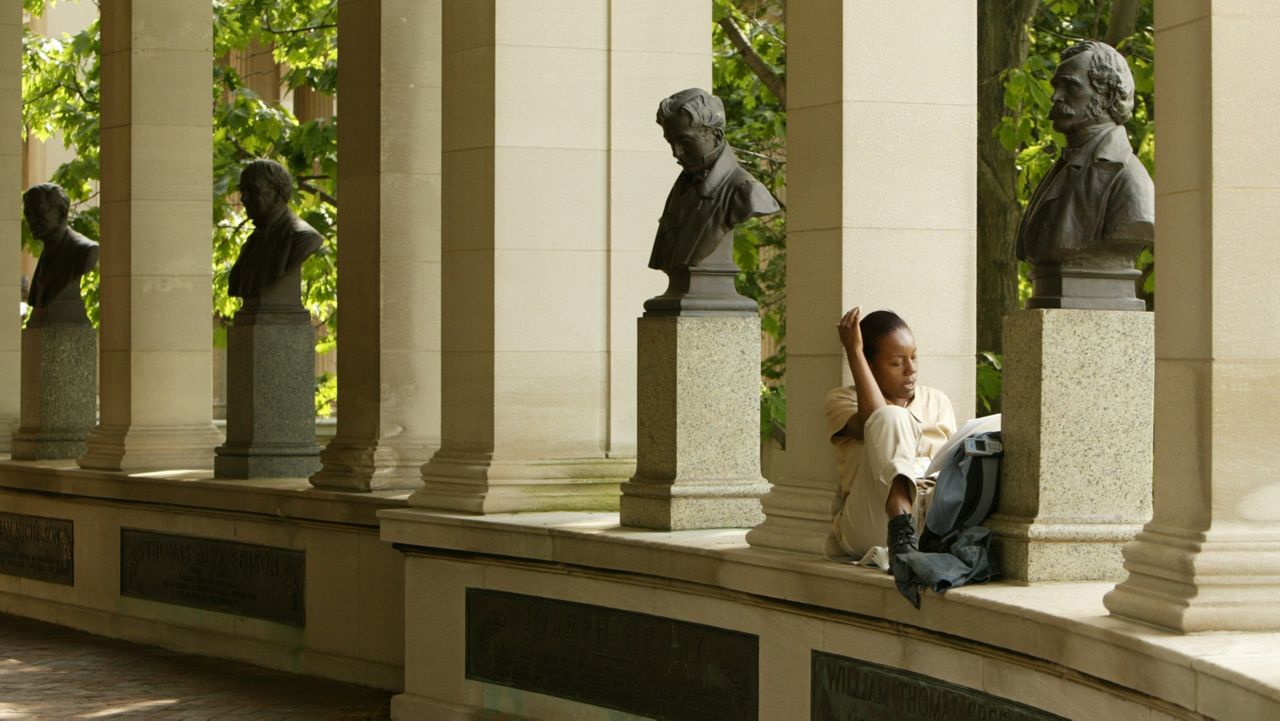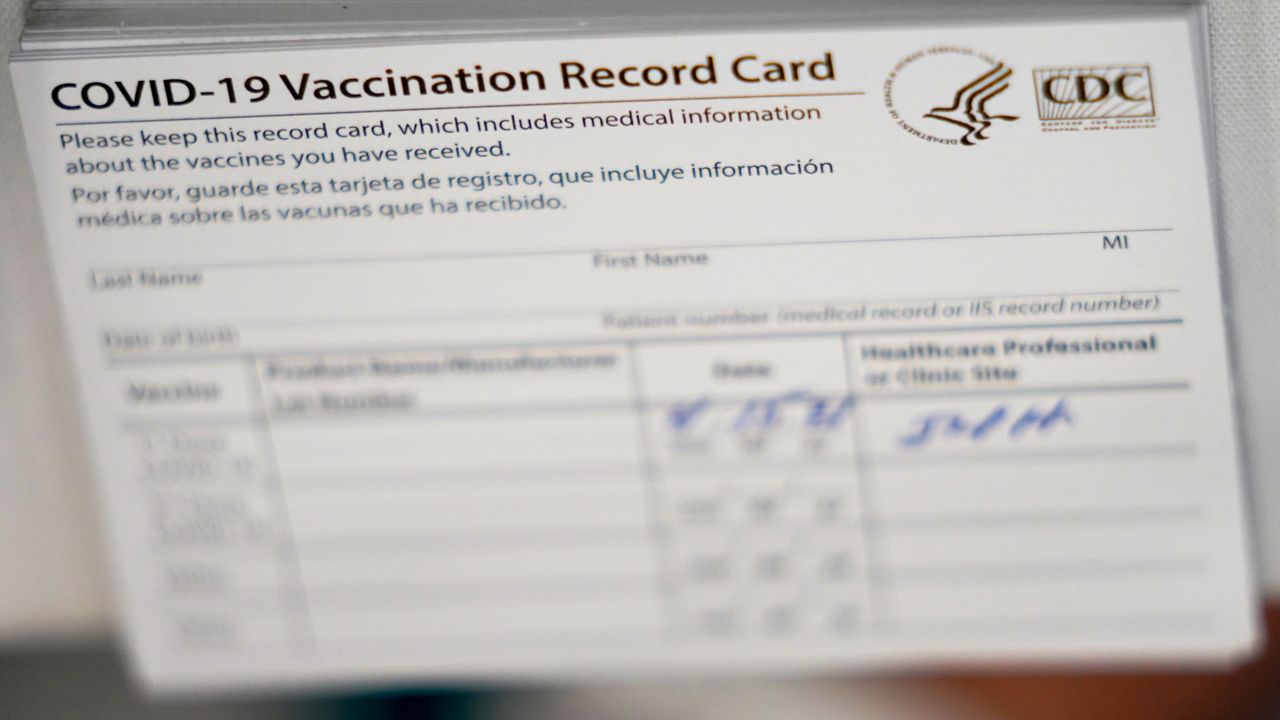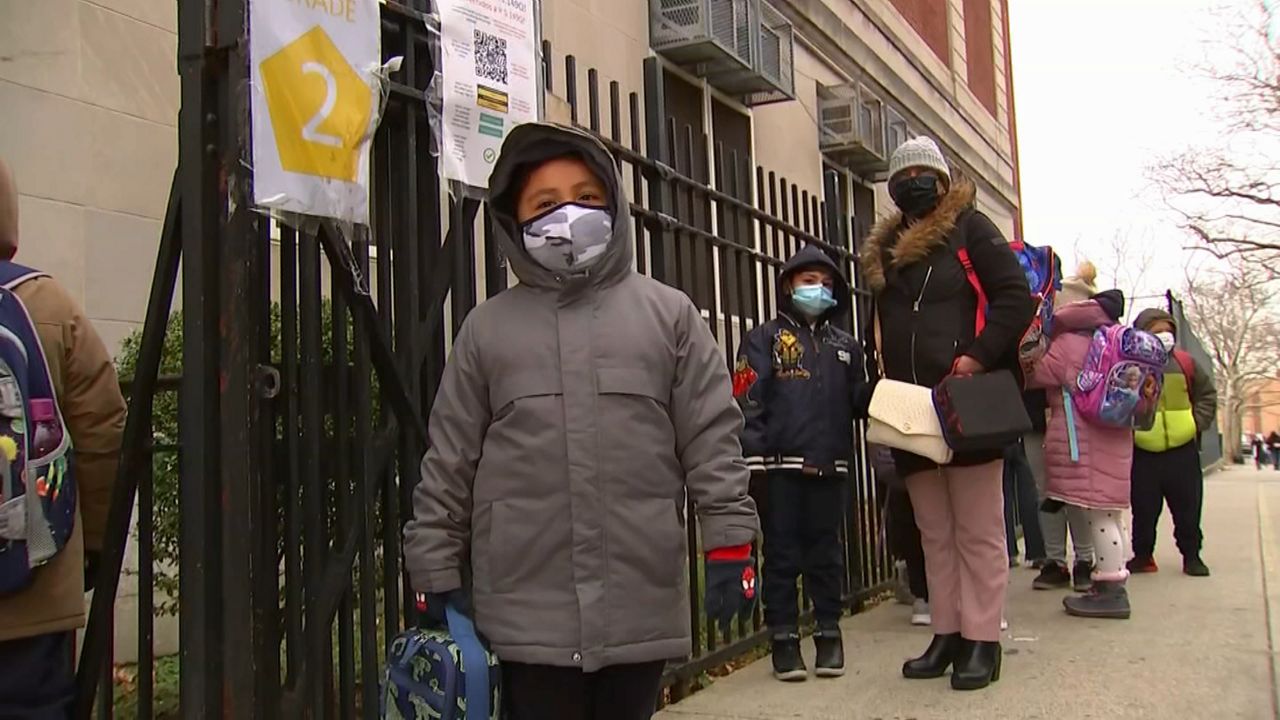More than 1,000 cases of COVID were reported to the Department of Education’s Situation Room each day school was in session this week through Thursday -- for the second week in a row.
These are the number of cases reported each day so far this week:
- Monday, May 9: 2,581
- Tuesday, May 10: 1,833
- Wednesday, May 11: 1,674
- Thursday, May 12: 1,610
More than half of the cases reported each day were among students, who, unlike staff, are not required to be vaccinated.
It comes as a highly contagious new subvariant has swept through the city.
“I think this is just part of what the new normal looks like now,” Anna Bershteyn, assistant professor of population health at NYU Langone Medical School, said. “We're gonna have these waves. Thankfully, we have tools like vaccines and antivirals, so the risk to life is very low, thank goodness.”
The wide availability of vaccines for people aged five and up, and antiviral medicines for people aged 12 and up, has meant hospitalizations and deaths are low.
But the illness still causes disruption, requiring students and staff to miss school.
Unlike the first omicron surge -- which left many schools short-staffed and scrambling to cover classes -- most students are no longer required to wear masks. But experts say it’s a good time to put on one.
“Just know this is temporary, and this isn't the last time it's going to happen. So you're going to wear the mask now, maybe for a couple of more weeks, you're going to have some time off and we'll probably get another variant at some point and you'll need to put the mask back on,” Bershteyn said.
The two weeks of 1,000-plus case counts represents a significant increase compared to April and March. In April, cases reported to schools hit the 1,000 mark only twice. In March, the single highest number of cases reported in schools was 528.
Mayor Eric Adams, asked more broadly about citywide COVID cases, called it a "slow uptick."
"We're going to be prepared and not panic,” Adams said.
The education department pointed to measures including in-school and at-home testing, encouraging mask wearing and ventilation systems and air filters as ways they’re working to stop the spread.
“We will continue to follow the science and adjust if needed, putting the health and safety of our students and staff first,” spokeswoman Jenna Lyle said.









